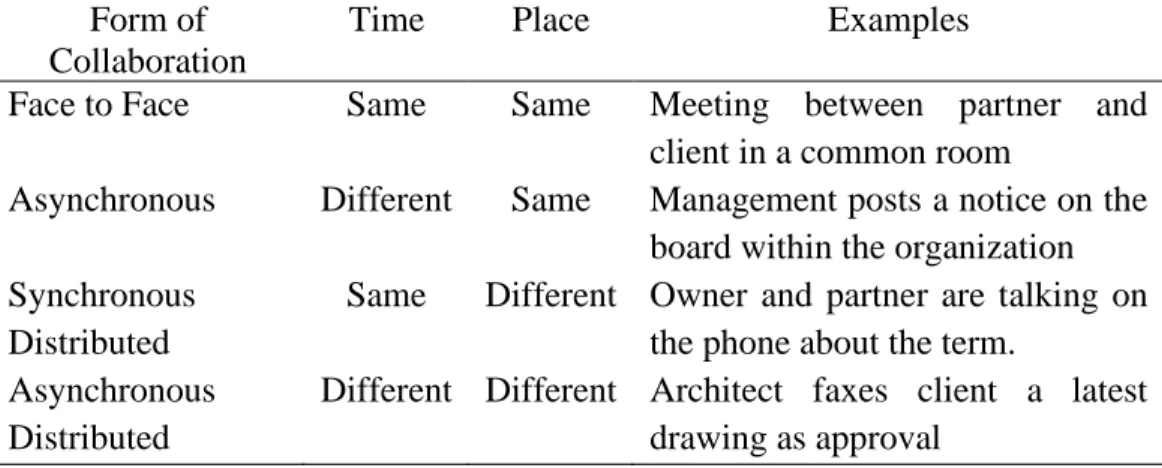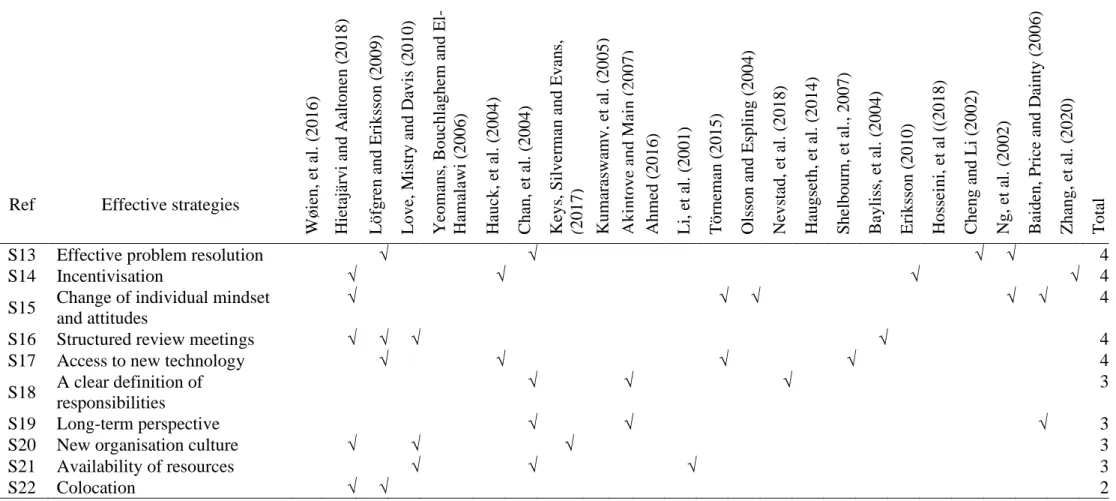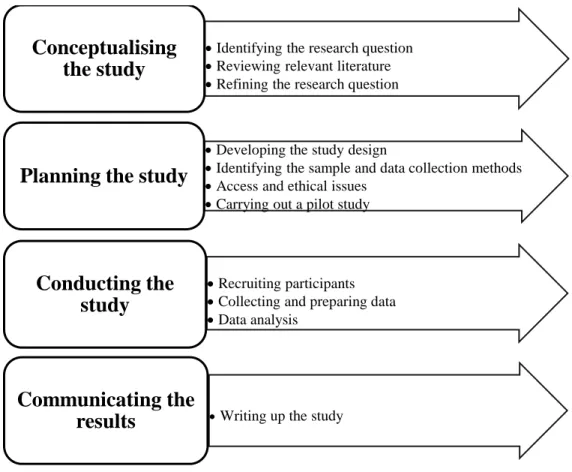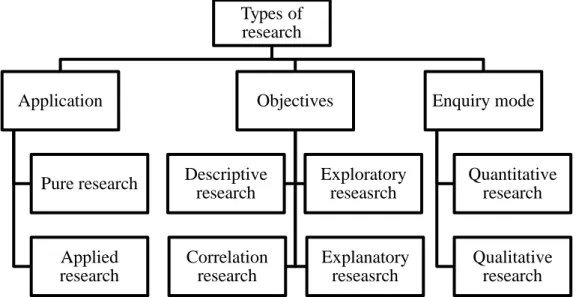Specifically, this study aims to recognize the importance of collaboration, identify common barriers that lead to poor collaboration, and explore potential strategies for addressing all associated barriers. In summary, the findings of the current study are likely to benefit the overall construction industry, allowing industry practitioners to gain a deeper insight into potential barriers to collaboration and support them with effective strategies for cultivating a collaborative work environment.
Background
There is no denying that the problem of cooperation between contracting parties is likely to continue worldwide and thus in the Malaysian construction industry. With the hope that a collaborative work environment can be nurtured in the Malaysian construction industry.
Problem Statement
2014) noted that traditional procurement remains the most widely used method in the Malaysian construction industry. Reviewing previous studies, it is noted that the fragmentation and adversarial relationship inherent in the Malaysian construction sector were the main obstacles preventing effective collaboration.
Research Aim
Research Objectives
Research Questions
Research Methodology
Research Scope
Significance of Research
In short, the results of this research are significant and beneficial to all parties in a way that can inform every party involved in the construction industry. The finding of this research will further assist the project actors in formulating realistic and workable approaches to make collaboration more inclusive.
Chapter Organisation
- Chapter 1: Introduction
- Chapter 2: Literature Review
- Chapter 3: Research Methodology
- Chapter 4: Results and Discussions
- Chapter 5: Conclusion
Next, the research strategy and research design were presented, followed by the data collection approach and data analysis. The outcome of the literature review served as a basis for comparison with the main finding.
Summary
A comprehensive conclusion of the entire research was made in chapter five with reference to the corresponding research purposes and research problems. Furthermore, the limitations of conducting this research were also revealed, followed by some recommendations and ideas provided to improve the quality of future related research.
Introduction
Basic Concepts for Collaboration
Basically, this process involves the exchange of messages and information between individuals for a common benefit (Camarinha-Matos, et al., 2009). It creates a strong link between the other two Cs to promote successful collaboration (Fuks, et al., 2008).
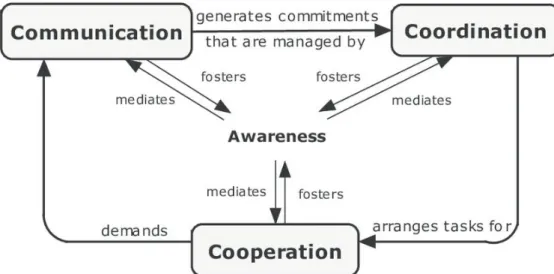
Collaboration in construction industry
It is clear that there are more forms of collaborative working practices available in the industry than before. In another case, project alliance was successfully adopted in Australia for the National Museum project (Hauck, et al reported that the use of partnership is being scaled up in the Norwegian construction industry as an important step towards a collaborative culture.
Needs of collaboration
- Better quality outcome
- Better time control
- Better cost control
- Reduction of conflict
- Innovation
- Long-term relationship
- Increased competitiveness
- Better safety performance
- Increased client satisfaction
- Risk sharing
- Effective Problem Solving
- New market opportunities
Partnership helps lower project costs as it allows sharing of development costs and technologies between stakeholders (Ling, et al., 2014). Open communication between each party stimulates innovation processes that can help achieve design and construction goals (Chan, Chan, and Ho, 2003; Ali, et al. 2010).
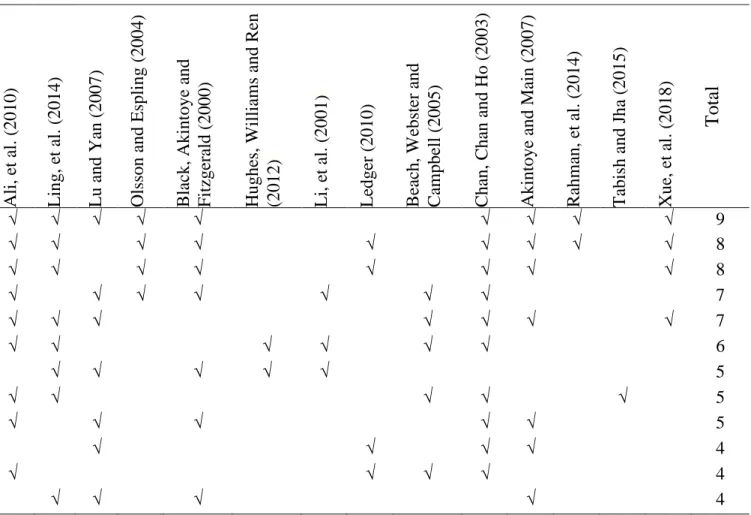
Barriers to collaboration
- Adversarial environment
- Communication problems
- Lack of top management support
- Incompatible personalities and organisational cultures
- Lack of legislative regulations
- Lack of financial support
- Uneven of risk sharing
- Lack of commercial control
- Exclusion of key subcontractors
- Fragmentation of Construction Process
- Resistant to change current way of working
- Inadequate training and guidance
The multidisciplinarity of the project team causes a mismatch between technical interdependence and organizational independence (Tey et al., 2012). Such a regulatory framework therefore acts as a critical barrier to the implementation of cooperation (Eriksson, Nilsson, & Atkin, 2008; Ng, et al., 2002).
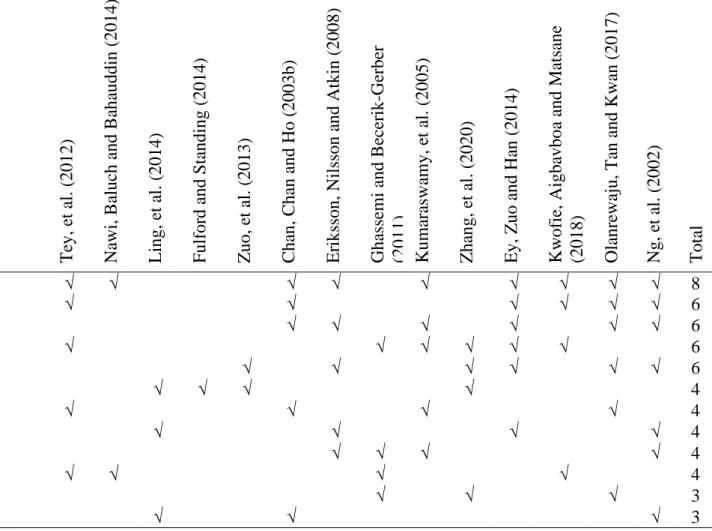
Effective strategies for collaboration
- Early involvement of project stakeholders
- Effective Communication
- Top management commitment
- Choosing the right partners
- Team building
- Trust building
- Mutual objectives
- Collaboration workshops
- Involvement of facilitator
- Performance measurement
- Training and Education
- New form of contract
- Effective problem resolution
- Incentivisation
- Change of individual mind-set and attitudes
- Structured review meetings
- Access to new technology
- A clear definition of responsibilities
- Long-term perspective
- New organisation culture
- Availability of resources
- Colocation
In addition, project performance can also be measured in terms of cost, time, scope, function, safety and quality (Hauck, et al., 2004). Training for project team members enables a better understanding of what the partnership is and its advantages in relation to the actual contracting process (Ng, et al., 2002). It is desirable to rotate leadership among participants to encourage active engagement, effective communication, and remove traditional hierarchy (Bayliss, et al., 2004).
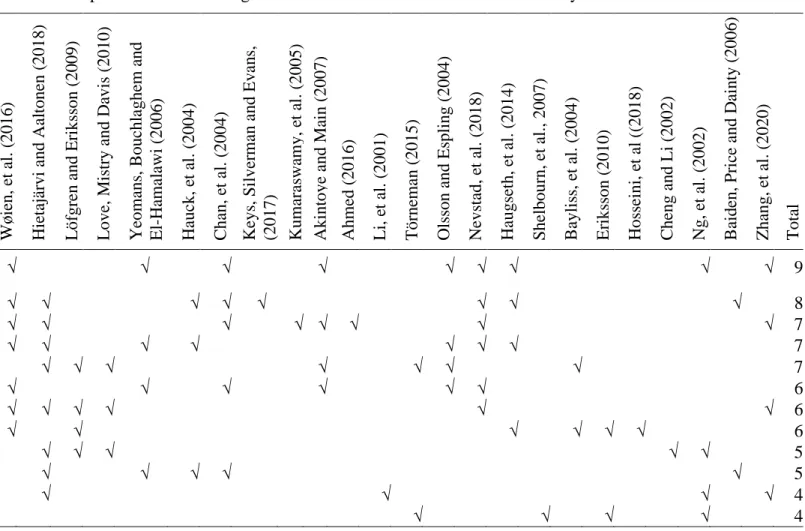
Introduction
Conceptualising the study
Planning the study
Conducting the study
Communicating the results
Nature of Research
There are different types of research which can be classified according to the research method used and the research objective. The research methods used can be categorized into several classes such as pure research, applied research, descriptive research, correlational research, explanatory research, exploratory research, quantitative research and qualitative research as shown in Figure 3.2 (Kumar, 2011). The classification of these researches is generally based on the application of the research study, the objectives of the research and how the information is sought (Sukamolson, 2007).
Research Methodology: Quantitative Research
Sampling Design
- Sampling method
- Sampling size
- Sampling target
This gives each member of the population an equal possibility of being included in the sample (Polit and Beck, 2010). The sampling frame can be thought of as a list of all members of the target population relevant to the study. Samples of the population for this research targeted the professionals working in the Malaysian construction industry.
Data collection method
- Questionnaire Design
- Pilot test
The questions on the questionnaire may contain open questions, closed questions, or both. It is advisable not to present controversial or emotional items at the beginning of the questionnaire (Rattray and Jones, 2007). In this study, the questionnaire was developed using a Google form and distributed to construction personnel by email.

Data analysis
- Cronbach’s Alpha Reliability Test
- Kruskal-Wallis Test
- One-Sample T-tests
- Spearman’s Correlation Test
- Factor Analysis
A sample t-test can be calculated using the formula or the Statistical Package for Social Science (SPSS). Exploratory factor analysis seeks to explore the underlying factors from which the observed variables can be represented, while confirmatory factor analysis is used to test whether the observed variables are correlated with its predefined factors (Decoster and Hall, 1998). If the KMO value exceeds 0.50, it can be assumed that the dataset is acceptable (Zulkepli, Sipan, & Jibril, 2017).
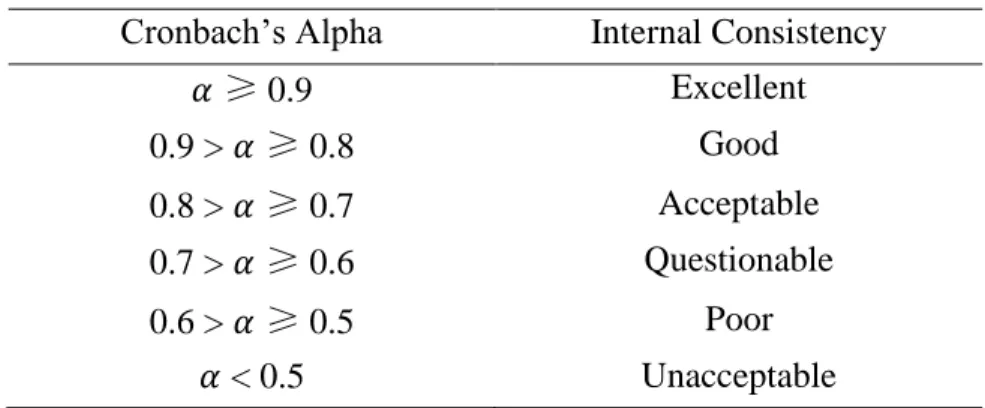
Introduction
Pilot study
Respondent demographics
The result shows that there are 58.9% of the respondents who hold management positions in their organization. 25.8% of the respondents have worked in the industry for at least six years, while 43.1% of them have more than 10 years of work experience in the industry. The questionnaires were fairly uniformly delivered from different sizes of companies with 76.8% of them being from the private sector.
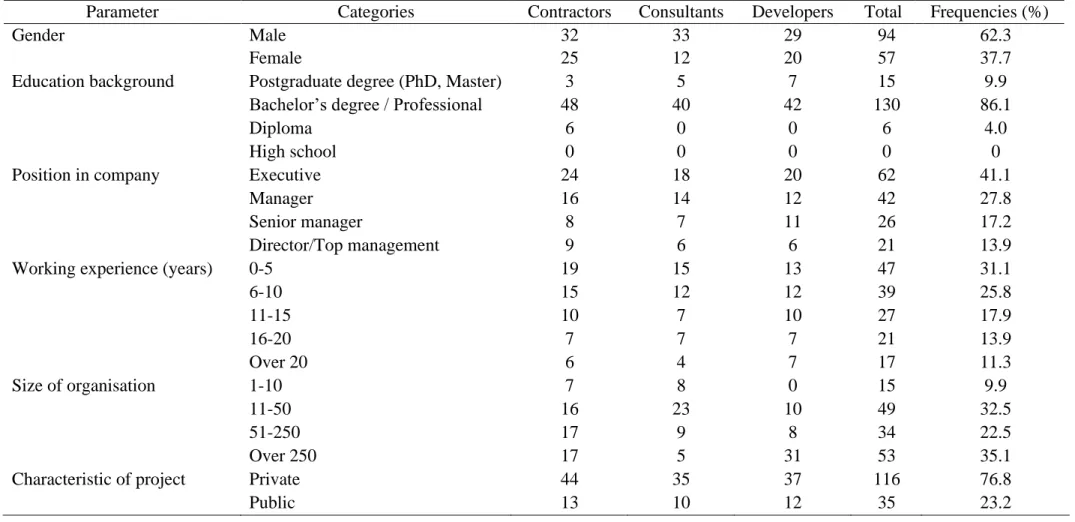
Reliability of Results
One-sample t-test
Therefore, the null hypothesis is rejected, meaning that all potential barriers identified have significant effects in hindering the adoption of collaboration. Similarly, in terms of possible measures, the results of the t-test show that all 22 proposed strategies are considered significant for establishing cooperation within the construction sector.
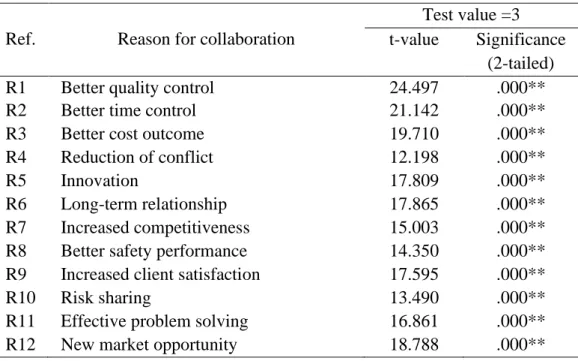
Mean Ranking
- Reasons for Collaboration
- Barriers to Collaboration
- Effective Strategies to Collaboration
The result indicates that the majority of respondents consider effective problem solving as one of the top five drivers of collaboration. This is in line with that of the study by Soibelman, et al. 2011) indicate that efficient communication is one of the most important conditions for collaboration. In addition, effective problem-solving is seen as one of the most agreed upon strategies for developing collaboration, ranking fifth by respondents.
Kruskal Wallis Test
- Reasons for Collaboration
- Barriers to Collaboration
- Effective Strategies to Collaboration
According to the results, there is a contrasting ranking of "early involvement of project stakeholders" between the respondent groups. It can be concluded that both contractors and clients are optimistic about involving project stakeholders in the early phase of the projects. The mean ranking analysis revealed that both contractors and consultants ranked this factor out of the top ten position, while only the clients ranked it fifth.
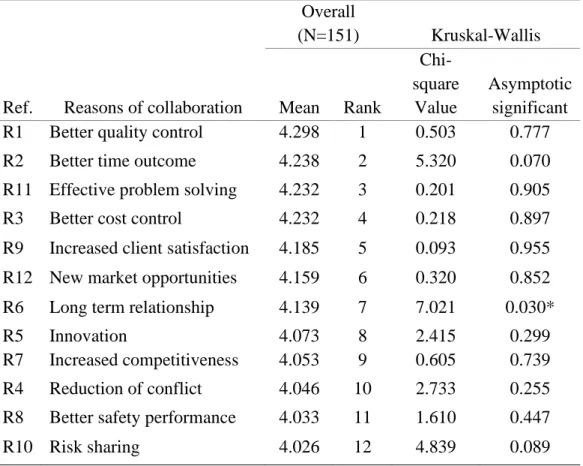
Spearman’s Correlation Test
According to Kumar et al. 2017), the presence of conflicts between the parties in the partnership can inhibit the sharing of ideas and resources, which will demoralize the purpose of the collaboration. It is also important that disputes are resolved at the lowest possible organizational level, so as not to affect the effectiveness of the project (Wøien, et al., 2016). In Norway, Hosseini et al. 2016) conducted a case study and identified conflict resolution mechanism as one of the key collaboration tools.
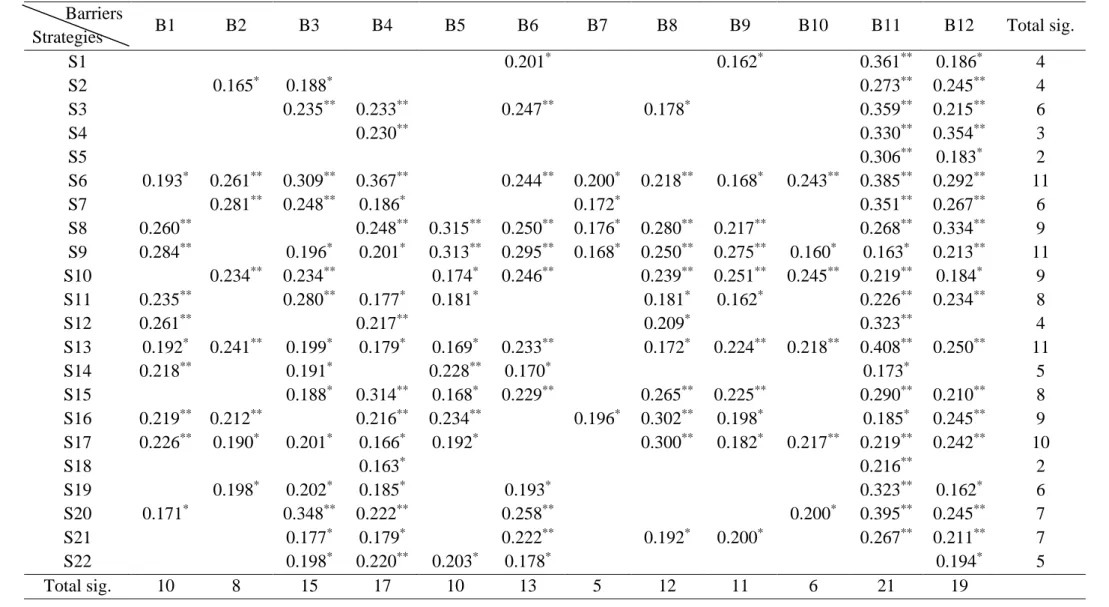
Factor Analysis
As highlighted by Nevstad et al. 2018), early involvement is key to building good relationships. For example, Tabassi et al. 2011) highlighted the importance of performance measurement as a systematic approach to monitor improvement or lack of improvement among practitioners. It is sad but true that most of the construction workers in Malaysia are unskilled without necessary knowledge (Manap, Mohd Noh and Syahrom, 2017).
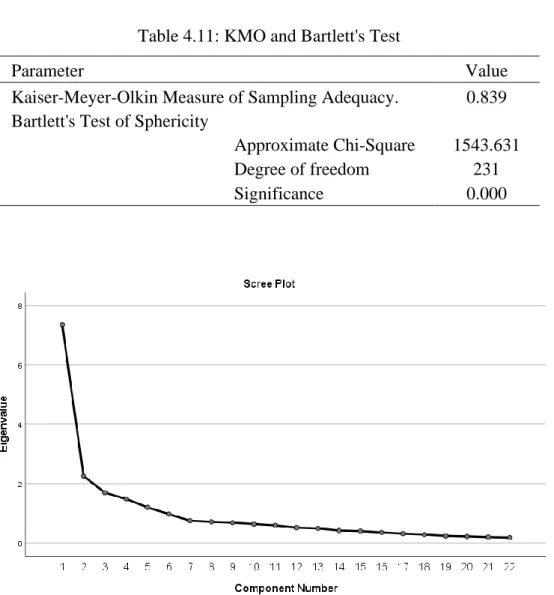
Summary
However, Abdul-Rahman, et al. 2006) reveal that Malaysian construction companies are reluctant to invest in education and training of their employees. Spearman's correlation test showed that there were significant relationships between the barriers and effective strategies for collaboration in the construction industry. Nevertheless, the top 5 possible collaboration strategies were obtained, including effective communication, mutual goals, trust building, performance measurement, and effective problem solving.
Introduction
Conclusions
It was assumed that such discrepancies were caused by divergent responsibilities of the groups in the construction projects. Surprisingly, the Kruskal-Wallis test showed that all respondent groups had a homogeneous perception of the potential barriers to collaboration in the construction industry. Section C of the questionnaire survey required respondents to rank the effectiveness of the 22 listed strategies.
Research Implication
This is due to the fact that the problems faced by the construction industry are quite common across national borders. In addition, universities and research institutes will be alerted to raise awareness of collaboration issues by organizing a series of training programs and workshops. To that end, this research will act as a foundation for both academics and researchers as it provides a clear picture of the current state of the Malaysian construction industry.
Research limitations
However, at the end of the survey, the researcher was able to achieve a sufficient amount of sample size by actively approaching potential participants through various distribution channels such as LinkedIn, Facebook and Email. According to Rice, et al. 2017), a researcher's ability to verbally advise and guide respondents during the response process can significantly improve participants' understanding of the task at hand. Online correspondence, on the other hand, made communication much more complicated, where researchers could not pick up on participants' verbal and non-verbal cues, therefore limiting the researcher's ability to ensure respondents understood the questions.
Recommendations for future work
Effective Digital Collaboration in the Construction Industry - A case study of BIM implementation in a hospital construction project. I am currently working on my graduation project entitled "Collaboration in the Malaysian Construction Industry: Exploring the What, Why and How". Section B: Barriers to Collaboration in the Construction Industry To what extent do you agree with these barriers that have stood in the way of collaborative practices in the Malaysian construction industry?
